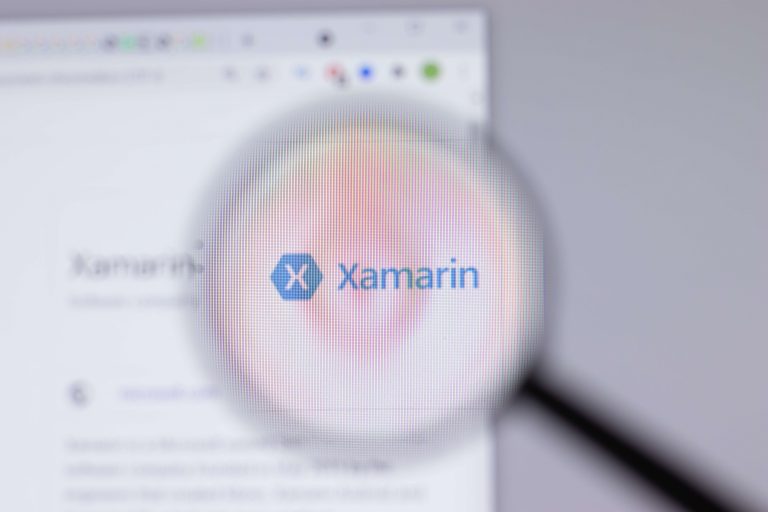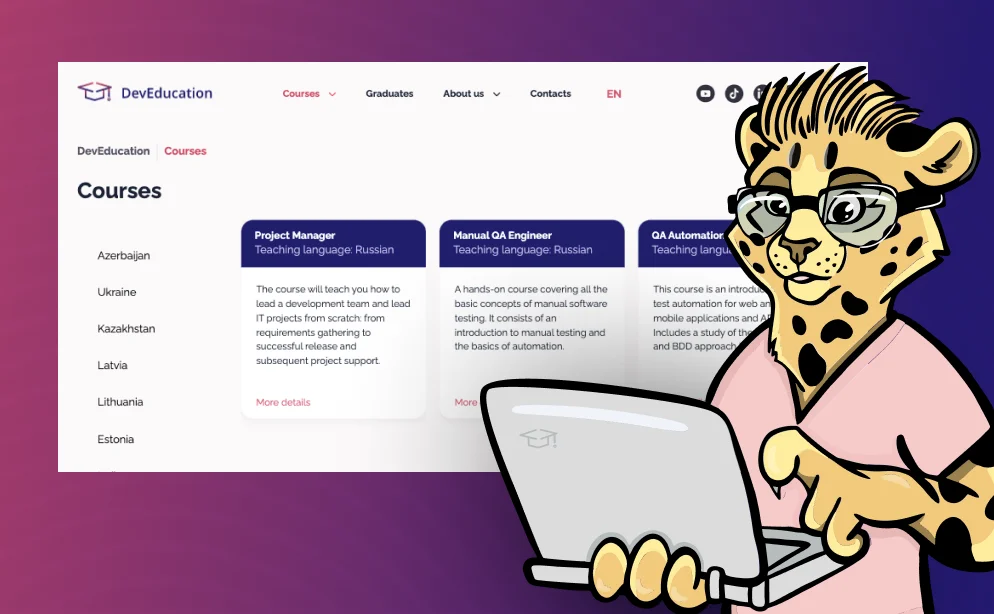Scrum also requires very precise scoping and estimation to fit projects into Sprints. If projects only take a couple of days, in Kanban, it’s ready to go, while in Scrum, it might sit on a shelf until the rest of the Sprint is complete. If it’s a bigger project, it might be months between releases in Kanban, while Scrum will produce incremental work each Sprint. Depending on the size of each project and the number of development resources, this might mean Kanban has more frequent or fewer releases than a Scrum organization with a set two-week cadence.
- There might be no daily stand-up meetings, but project managers can generate reports with one click to monitor progress on tasks, project variance, health and more.
- Kanban can be customized to fit the processes and work systems your team and / or company already has in place.
- This allows for better team alignment and productivity, coupled with the visualization that a Kanban board facilitates.
- All of these things started as two separate entities that combined to create something completely new.
- First, scrumban uses kanban boards, which are often referred to as scrumban boards when used in a scrumban methodology.
- Agile frameworks have taken over the project management field in the last decade, and such names as Kanban, Scrum, and Scrumban have now become the norm.
- You have a project, and it has the means to complete it within the constraints of time, scope and cost.
Many Scrum teams also use Kanban as a visual process and project management tool. What the scrumban method does is take the prescriptive nature of scrum, which resides in an agile framework, and uses the process of continuous improvement that is key to kanban. This gives teams the power to continually optimize their processes.
Kanban: Continuous improvement, flexible processes
This method is good for loyal and motivated teams as the individual team member’s effort is harder to track. Ease of adoption Both methods are relatively easy to adopt, however, Scrumban is usually recommended for teams in larger organizations and those that are just starting out with Agile. The Kanban method, on the other hand, would not work well in bigger organizations with cross-team collaboration as it’s not very clearly defined. Scrumban gives more structure than Kanban but is also more flexible than Scrum. Pull system In both Scrumban and Kanban, the team uses a so-called pull system where tasks are taken one by one from the ‘To-Do’ list.
It was initially introduced as a way to transition teams from one to the other but has since become a methodology in its own right. No matter which Agile path you pursue, there’s no shortage of tools to help teams stay organized, communicate, and execute. For example, Jira is built for the Scrum crowd, while Trello is a super-powered Kanban Board.
How To Get the Most Out of Stand Up Meetings
What about teams that don’t want to work iteratively, but still want the ability to backlog groom? Kanplan (or activating the kanban backlog feature) in Jira Software may be the answer. In this case, it is often better to choose online Kanban boards so that the finished tasks are out of sight and not taking up too much space. When deciding on which Agile approach is right for your team, one of the first things to consider is how you like to work. When comparing Scrum vs Kanban vs Scrumban, it means thinking about the board and iterations first. While product success metrics don’t vary with either approach, measuring how well product development is going differs.

This commits the whole Scrum team to a single goal which must be delivered in a specific time-frame. The goal of the Sprint Planning meeting is to prioritize which tasks from the backlog will be added in the Sprint Backlog, how would they be executed and get a shared commitment for this goal. The Sprints are typically 2 weeks long but the duration can be adjusted to fit the best the specifics of the business. Each item in the Sprint Backlog must be deliverable and should be broken down into tasks usually no longer than 2 working days. Tasks and user stories are estimated with story points and based on that estimation are packed in Sprints with a clear deadline and goal.
Agile vs. Waterfall
It is based on the system of three buckets that the work items need to go through before making it to the Scrumban board. The three buckets represent three different stages of the plan and are usually called 1-year bucket, 6-month bucket and 3-month bucket. Scrum methodology is time-based and every Sprint has clearly defined goal and duration.
Traditionally, Kanban involves a planning whiteboard or chalkboard, where statuses such as “Planned,” “In Progress,” “In Review,” etc., are all listed out. All of these things started as two separate entities that combined to create something completely new. Scrum and Kanban are both iterative work systems that rely on process flows and aim to reduce waste. Teams that use Scrumban can benefit from the consistent cadence of deliverables that Agile Scrum provides and the constant progress and quality management that Kanban facilitates.
What is the scrumban methodology?
For one, the scrumban methodology is so new that there are no best practices to guide it. This can open the door for teams to invent their own, which may or may not be a benefit to the project. But this work is not done until the necessary analysis is completed, which falls under the scrum definition of ready.

Release cycle time Kanban and Scrumban are not time-consuming when compared to Scrum. Both methods enable the team to release items as quickly as possible as the team gains time by skipping estimation sessions and recurring agile events. Scrumban comes in handy to startups that need flexibility but also structure to keep it all together. Teams willing to sacrifice strict rules and hierarchy for some efficiency and freedom are a good match for Scrumban.
Product
The heart of the Kanban method is the Kanban board—physical or digital—in which phases of the project are divided into columns. Tasks are written on cards that progress from one column to the next, until the task is completed. To pick one relevant example to this article, kanban boards are provided by almost all solid project management software solutions. This makes them ideal providers if you want your project to be underpinned by agile principles.

Once you’re aligned on scrum principles and happy with the scrum framework, then it’s time to find a scrum tool that serves you well. We’re biased, but as the number 1 software development tool used by agile teams, we think Jira Software has you covered. Kanban boards are extremely useful for stakeholders who want to view a project’s progress. They can simply log into whatever project management software you’re using the kanban board function of, and they’ll have a crystal clear conception of the state of their project. Whilst scrum teams will organize special sessions called scrum retrospectives to assess how the team is doing, this sort of mid-project evaluation is not necessary for kanban teams. Scrumban teams will host ‘kaizen events’ in which teams members review processes, although these aren’t as regimented or routine as scrum retrospectives.
Kanban vs. Scrum: What’s the Difference?
If the team is simply a group of individuals with some expertise, use kanban. If the work is a one-time effort, and doesn’t require inspection and adaptation, use kanban. If the work continuously evolves and needs improvisation, use scrum. Learn through experiences, self-organize and prioritize, and reflect on wins and losses to continuously improve. Kanban is easy to understand and doesn’t require role changes for example like having “Product Owner”, “Scrum Master”, “Stakeholders” and “Scrum Team” as in Scrum.
If you have a reliable workload that consists of a particular type of project, then you can use that information to make an informed decision regarding the Agile framework you choose. Like Scrum, the Kanban framework What is an Embedded System offers a degree of flexibility as you can swap out high-priority tasks quickly. Selecting the right Agile framework can make all the difference as you can play to your team members’ strengths for project-based work.
What is a Kanban Board?
All of them stem from the same place and have similar values, meaning finding the differences between Scrum vs Kanban is just a little bit harder. With Kanban, products and processes are delivered continually or ‘as needed.’ There isn’t usually an end date. Scrum is defined by set periods of time, called sprints, in which the product or service must be delivered. They’re all fundamentally similar (each focuses on planning, improvement, and delivery), albeit with a few subtle differences. In most cases, teams will use a blend of two, depending on the type of project they’re working on.